What Are 3D Metal Puzzles?
3D metal puzzles are a type of mechanical puzzle made from interlocking metal pieces that require assembly without the use of glue or tools. Unlike traditional flat puzzles, these models come in three dimensions and often resemble real-life objects such as cars, buildings, or even space rockets. The process of assembling them is both satisfying and mentally stimulating, making them popular among puzzle enthusiasts of all ages.
These puzzles are typically constructed from high-quality steel or other durable metals, ensuring they can withstand repeated use. Each piece is precision-cut and designed to fit together perfectly, creating a solid structure once completed. Many models come with detailed instructions, guiding users through each step of the assembly process.
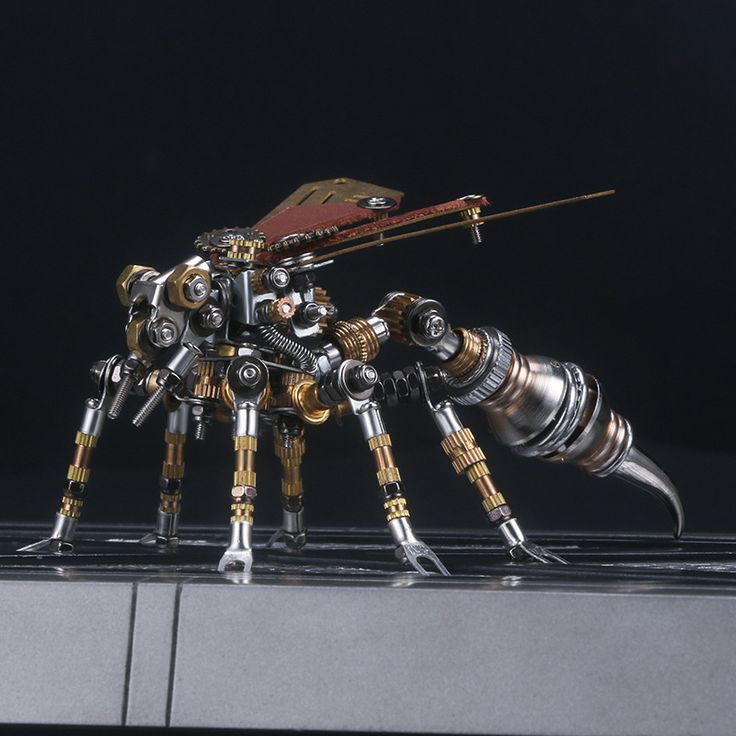
One of the main advantages of 3D metal puzzles is their ability to challenge the mind while providing a sense of accomplishment upon completion. They encourage problem-solving skills, patience, and attention to detail. Additionally, because they don’t require any additional materials, they are an eco-friendly option for those who enjoy hands-on activities.
For families, 3D metal puzzles offer a great way to spend quality time together. Parents and children can work on the same puzzle, learning teamwork and communication skills in the process. This makes them not just a fun activity, but also an educational one.
Benefits of Metal Puzzles for Families
3D metal puzzles provide numerous benefits for families, especially during game nights or family gatherings. One of the most obvious advantages is that they promote bonding and interaction among family members. Working on a puzzle together encourages communication, cooperation, and shared achievements, which can strengthen relationships.
Another key benefit is that these puzzles are suitable for all ages. While some models may be more complex than others, there are options available for both children and adults. This makes it easy for families to find a puzzle that matches the skill level of each member, ensuring everyone can participate and enjoy the experience.
In addition to being fun, 3D metal puzzles are also excellent for developing cognitive skills. Assembling them requires spatial reasoning, critical thinking, and hand-eye coordination. These skills are essential for children’s development and can also help adults stay mentally sharp.
Furthermore, 3D metal puzzles offer a break from screen-based entertainment. In today’s digital age, many people spend a lot of time on phones and computers. By choosing a physical activity like a 3D metal puzzle, families can disconnect from technology and engage in meaningful, hands-on play.
Finally, completing a 3D metal puzzle gives a sense of pride and satisfaction. It’s rewarding to see a complex model take shape and become a tangible object. This feeling of accomplishment can boost confidence and motivation, making it a valuable activity for people of all ages.
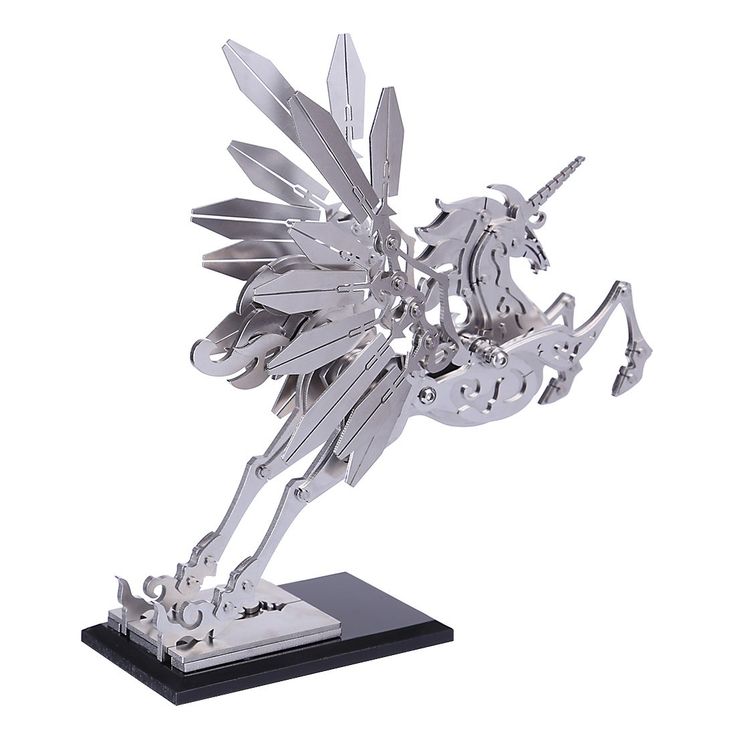
Types of Metal Puzzles Available
There are several types of 3D metal puzzles available, each offering a unique challenge and design. One of the most popular categories is the architectural model. These puzzles recreate famous landmarks, such as the Eiffel Tower, the Great Wall of China, or the Statue of Liberty. Building these models allows users to learn about history and engineering while enjoying a fun activity.
Another common type is the vehicle puzzle. These include models of cars, trucks, airplanes, and even spacecraft. Some of these puzzles are highly detailed and feature moving parts, adding an extra layer of complexity and realism. For car lovers or aviation enthusiasts, these puzzles make for a fascinating and educational project.
Space-themed puzzles are also gaining popularity. These models often depict planets, satellites, or space stations. They are not only visually appealing but also provide an opportunity to explore scientific concepts in a hands-on way. Many of these puzzles come with information cards that explain the science behind the models.
For those who prefer something more abstract, there are geometric and abstract puzzles. These designs focus on shapes, symmetry, and patterns, challenging the user to think creatively. They are ideal for individuals who enjoy artistic and mathematical challenges.
Lastly, there are customizable and limited-edition puzzles. These are often released by manufacturers in collaboration with artists or designers. They offer a unique and collectible item for puzzle enthusiasts who want something special and exclusive.
By exploring the different types of 3D metal puzzles, families can find the perfect match for their interests and skill levels.
How to Choose the Right 3D Metal Puzzle
Choosing the right 3D metal puzzle depends on several factors, including the age of the participants, the difficulty level, and the theme of the puzzle. For younger children, it’s best to start with simpler models that have fewer pieces and easier assembly steps. These puzzles help build confidence and develop fine motor skills without causing frustration.
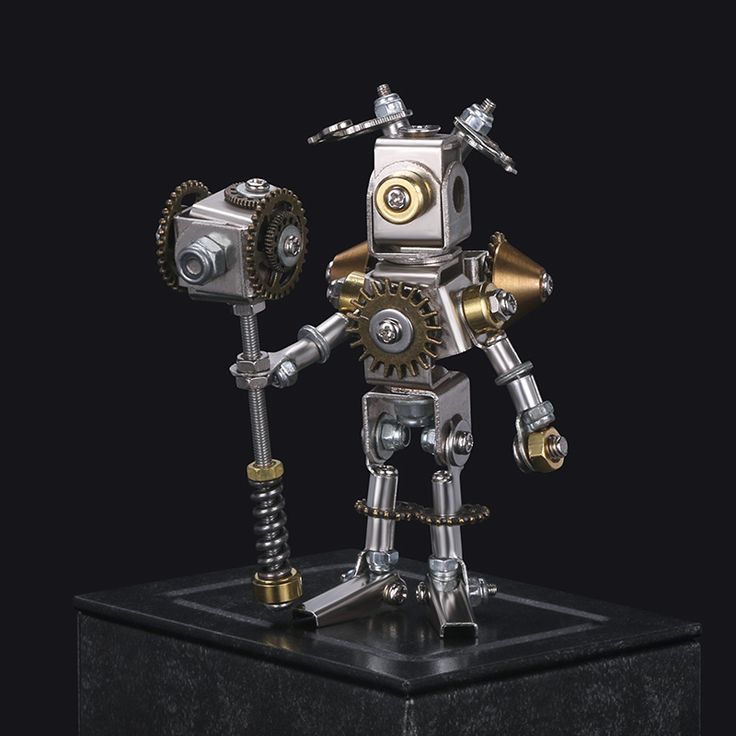
For older children and adults, more complex puzzles offer a greater challenge and a longer-lasting engagement. These models often have hundreds of pieces and require careful planning and patience. However, they also provide a greater sense of achievement when completed.
The theme of the puzzle is another important consideration. If the family has an interest in architecture, space, or vehicles, selecting a puzzle that aligns with that interest can make the activity more enjoyable. For example, a puzzle featuring a spaceship might appeal to a child who loves astronomy, while a model of a historic building could spark an interest in history.
Additionally, it’s important to consider the size and complexity of the puzzle. Larger models may take longer to complete and require more space to work on. Smaller puzzles, on the other hand, are more portable and can be worked on in various locations.
Lastly, reading reviews and checking the reputation of the brand can help ensure that the puzzle is of good quality and comes with clear instructions. A well-designed puzzle will make the experience more enjoyable and less frustrating for all involved.
Tips for Assembling Metal Puzzles
Assembling a 3D metal puzzle requires patience, attention to detail, and a bit of strategy. One of the first tips is to read the instructions carefully before starting. Understanding the steps and the final goal can help prevent confusion and reduce the chances of making mistakes.
Another useful tip is to organize the pieces as you go. Sorting the pieces into groups based on size, shape, or color can make it easier to find what you need at each stage. This also helps avoid mixing up similar pieces, which can lead to errors later on.
It’s also important to work in a well-lit area with enough space to spread out the pieces. A cluttered or dimly lit environment can make the process more difficult and increase the risk of losing small parts. A clean, organized workspace makes the assembly process smoother and more enjoyable.
If you get stuck, don’t be afraid to take a break. Sometimes stepping away for a few minutes can help clear your mind and allow you to approach the puzzle with a fresh perspective. This is especially helpful for more complex models that may require multiple attempts to solve.
Finally, remember to enjoy the process. While the end result is rewarding, the journey of putting the puzzle together is just as important. Taking your time and staying focused will lead to a more satisfying and successful outcome.
Educational Tools
Beyond being a fun activity, 3D metal puzzles serve as excellent educational tools. They help develop a wide range of skills, including problem-solving, critical thinking, and spatial awareness. As users work through the assembly process, they learn to analyze the structure of the puzzle and figure out how the pieces fit together.
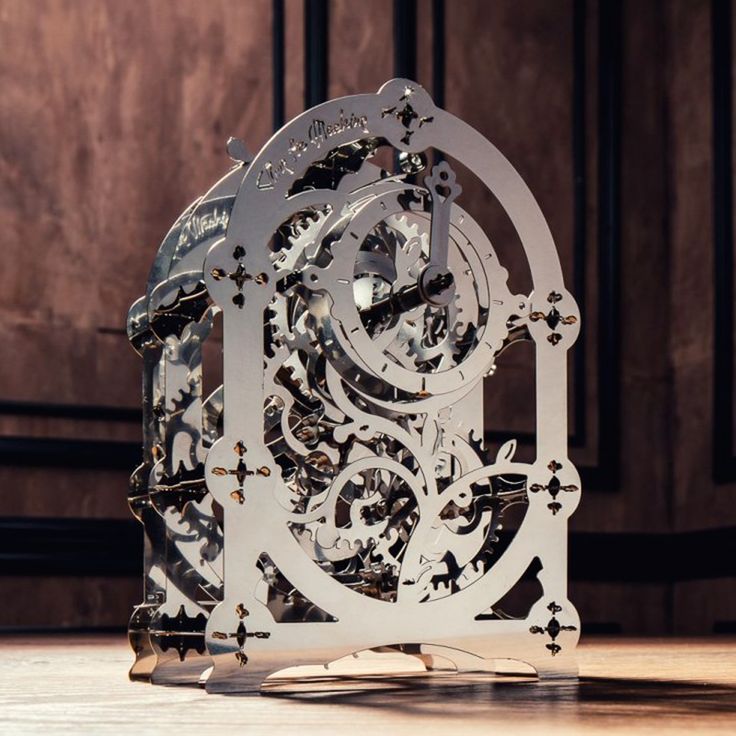
These puzzles also encourage creativity and imagination. Many models are based on real-world objects, allowing users to explore different fields such as engineering, architecture, and science. This makes them a great way to introduce children to STEM (science, technology, engineering, and math) concepts in a fun and interactive way.
In addition to cognitive benefits, 3D metal puzzles can also improve fine motor skills and hand-eye coordination. Manipulating small metal pieces requires precision and control, which are important skills for both children and adults. These skills are especially beneficial for young children who are still developing their motor abilities.
Moreover, 3D metal puzzles can be used as a teaching aid in classrooms or homeschooling environments. Teachers and parents can use them to reinforce lessons in geometry, physics, or history. For example, a puzzle of a famous landmark can be used to teach about its historical significance or architectural features.
Overall, 3D metal puzzles are more than just entertainment—they are a powerful tool for learning and personal growth. Their combination of fun and education makes them a valuable addition to any family or classroom setting.
Why 3D Metal Puzzles Are Perfect for Family Game Nights
3D metal puzzles are an excellent choice for family game nights because they combine fun, challenge, and learning in one activity. Unlike traditional board games, which often rely on luck or chance, 3D metal puzzles require skill, patience, and teamwork. This makes them a great way to engage all family members, regardless of age or interest.
One of the main reasons these puzzles are ideal for game nights is that they encourage collaboration. Parents and children can work together to solve the puzzle, sharing ideas and helping each other along the way. This not only strengthens family bonds but also promotes communication and problem-solving skills.
Another advantage is that 3D metal puzzles are long-lasting and reusable. Once assembled, they can be displayed as a decorative piece or taken apart and reassembled again. This makes them a versatile and cost-effective option for families who want to enjoy them over and over.
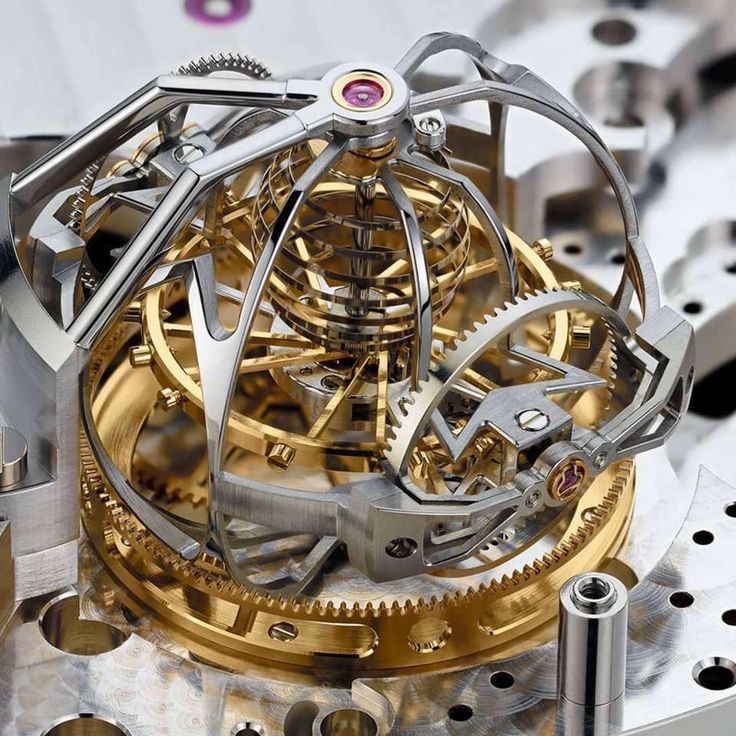
Additionally, these puzzles provide a break from digital entertainment, allowing families to connect in a more meaningful way. Instead of spending time on screens, they can focus on a shared activity that fosters creativity and curiosity.
Finally, the sense of accomplishment that comes from completing a 3D metal puzzle adds to the enjoyment of the experience. It gives families a reason to celebrate their efforts and creates lasting memories.
In conclusion, 3D metal puzzles are a fantastic addition to any family game night. They offer a mix of entertainment, education, and family bonding that is hard to find elsewhere. So, if you’re looking for a new and exciting way to spend time with your loved ones, consider trying a 3D metal puzzle today. After all, every 3D metal puzzle is not just a challenge—it’s a journey worth taking.




